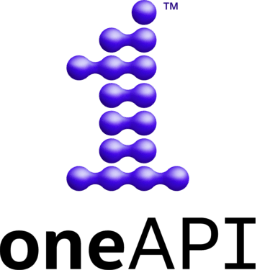Tech Talk 1 - TCS IE Dynaport Smartport project
While marine terminals have continued to serve their purpose as epicenters of logistics since the beginnings of commerce, the world around them has evolved immeasurably. The ways of conducting business within ports is primed for the next evolutionary step as well, and machine learning is the decisive tool that will enable changes with profound impacts of the entirety of global logistics.
To realize this potential, a collaboration was formed between a TCS team of machine learning scientists at TCS Pace Port New York with the team behind TCS DynaPORT™, a leading Terminal Operating System (TOS) deployed in over 80 ports globally. At the center of task management and flow of data for nearly all port activities, the TOS is the decisive system able to harness AI to impact all operations. However, the wide array of functionalities conducted in a complex and fast-paced port ecosystem cannot easily achieve the full potential of this in one swift transition.
Optimal success for the joint team meant selecting the TOS functionality best suited for solutioning with machine learning and leveraging a platform where this could be built using the cutting-edge computation tools to produce the best results. For a port ecosystem where moving cargo in and out is a frequent bottleneck, truck scheduling was that perfectly suited application, and Intel’s oneAPI platform proved to be the perfect environment where the value of AI can be unlocked.
The results in training the model on an Intel Xe GPU proved plenty fast enough to keep up with the rate of innovation and moving the model over from the GPU to run inference on CPU was done by simply changing a single line of code. Optimized performance on both architectures through oneAPI saw a 30% reduction in overall development from using the same processors without the unified runtime that oneAPI provided.
With development and implementation finished, analysis of the final TAT prediction model’s accuracy produced desirable results showing viability to be used in live scenarios at seaports. TAT predictions from testing with pre-deployment data collection saw accuracy of ± 8 minutes of the actual, which was compelling given that actual TAT varied from 10 to 120 minutes. This level of accuracy, even from the initial data collected would provide a valuable tool enabling haulers to plan their fleet optimally while terminals can induce traffic behavior favoring optimal asset utilization. Designed to perpetually improve as more data is gathered, this neural network would also create growing value as it learns from more data in the environments where it is deployed, with the vision to further integrate with a smart port ecosystem.



